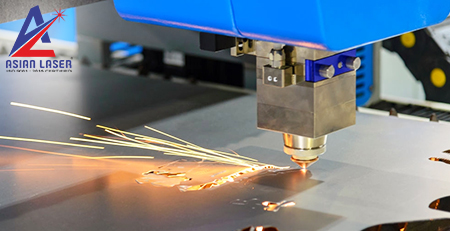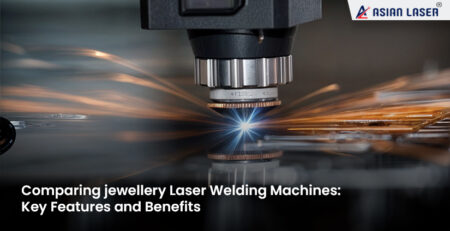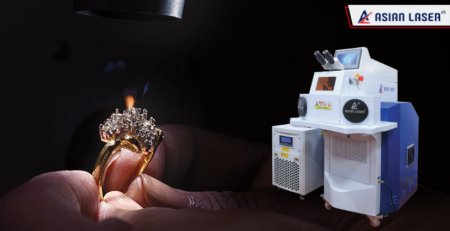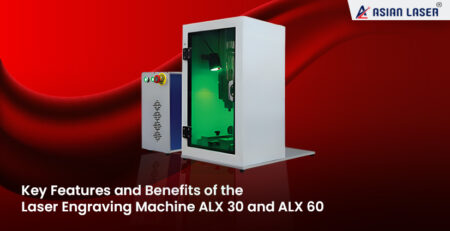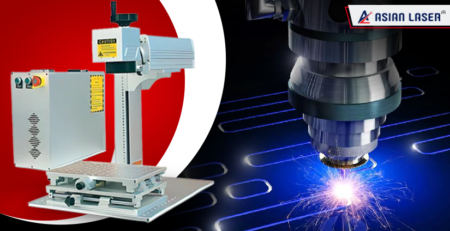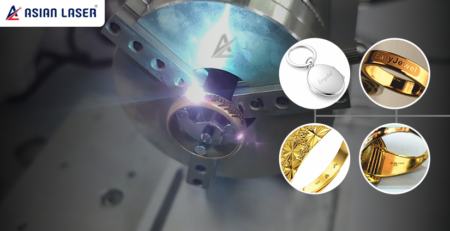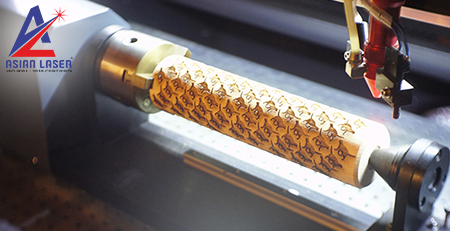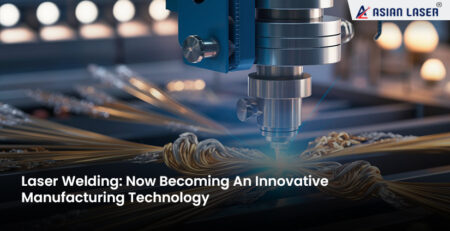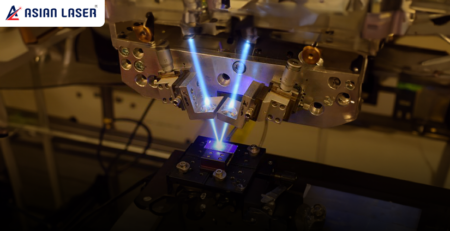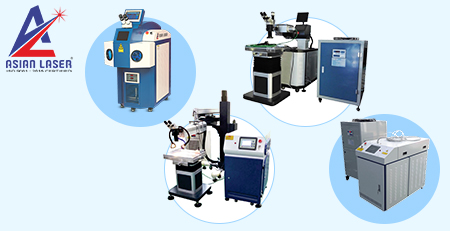Laser Welding vs Traditional Welding: Choosing the Right Technique for Your Project
Along with technological advancements, the practices in the manufacturing industry keep on evolving. For decades, traditional welding has been conventionally used to join or weld materials together. Today, manufacturers are inculcating laser welding techniques to increase productivity and efficiency. Simultaneously, it’s cost-efficient and reduces the labour hours of the company. It’s a win-win!
In the realm of manufacturing and fabrication, the art of welding plays an integral role in joining metals to create structures, products, and components. Over the years, advancements in technology have introduced new methods, such as laser welding, which have revolutionised the industry.
Traditionally, old welding machines like arc welding, TIG (Tungsten Inert Gas), and MIG (Metal Inert Gas) welding have been the go-to techniques. But how does laser welding compare, and how can one determine the suitable method for a project?
Understanding Traditional Welding Techniques
Traditional welding is the most common type of welding. The technique includes melting two pieces of metal together and connecting them using external sources of energy like heat and pressure.
Traditional welding techniques involve the use of an electric arc or gas flame to generate the heat necessary to melt and fuse metals. Arc welding, like TIG, relies on consumable electrodes, while others, like oxyacetylene welding, employ a flame fueled by oxygen and acetylene to create the heat required for welding.
Each traditional welding method has its own merits and ideal applications. TIG welding, for instance, is renowned for its precision and ability to work with a variety of metals. MIG welding, on the other hand, is known for its efficiency in handling thicker materials.
However, traditional welding does have some drawbacks. The main disadvantage is that it can only connect two pieces of metal at a time and requires more heat than a laser welding machine. At the same time, it utilises high temperatures, which leads to more contamination and wastage.
The Rise of Laser Welding
Laser welding is the latest, most improvised form of welding that utilises high-powered lasers to connect two pieces of metal without the use of heat and pressure.
Laser welding, a non-contact process, utilises a highly concentrated beam of light energy to heat and join metals together. This method offers several benefits over traditional techniques.
The precision of laser welding is unparalleled, enabling fine and intricate welds with minimal heat-affected zones. Its high speed and accuracy make it a preferred choice for industries requiring high-quality welds, such as automotive, aerospace, and electronics.
Laser welds are generally more robust than conventional welds. The laser beam precisely targets specific areas of the metals with pinpoint accuracy. This eliminates the risk of contamination or warping, which usually occurs with traditional welding methods.
Factors Influencing the Choice
When it comes to choosing the right welding technique for a project, several factors need consideration:
-
Material Type and Thickness
Traditional methods like MIG and TIG welding excel in handling thicker materials and a wider range of metals.
On the other hand, laser welding is ideal for thinner materials and precise welds in more delicate components. It’s one of the major laser welding advantages, which attracts manufacturers to choose laser welding machines.
-
Speed and Efficiency
Traditional methods might be more suitable for larger, less intricate projects where speed might be less of a concern.
Laser welding is notably faster than traditional methods due to its precision and concentrated heat source.
-
Cost Considerations
Traditional welding methods are often more cost-effective for larger-scale projects due to the lower equipment and maintenance costs.
Laser welding, while efficient, might have higher initial investment costs.
Making the Right Choice
Selecting the appropriate welding technique for a project demands a comprehensive evaluation of the project requirements, including material, precision, speed, and budget.
For larger-scale projects involving thicker materials and where precision isn’t the utmost priority, traditional methods may be the most cost-effective choice. For instance, the Jewellery Welding Machine ALDC 200 assures low environmental impact and low maintenance. Also, it enables the metals to melt fully without trachoma.
However, projects demanding high precision, intricate welds, and involving thinner materials may benefit significantly from the precision and speed offered by laser welding.
To Conclude:
The choice between laser welding and traditional welding methods ultimately depends on the specific needs and demands of a project. Understanding the strengths and limitations of both forms is crucial for making an informed decision.
As technology continues to evolve, the welding industry will likely witness further advancements, offering a wider array of choices for fabricators and manufacturers to achieve their desired outcomes.
Laser welding systems are one of the most common laser processing equipment. The heat-affected zone, welding joints, and welding performance are significant indicators of welding technology.
Being the pioneers of automatic laser welding systems, Asian Lasers develops not only a first-class laser welding machine but also provides suitable welding application solutions for customers.
FAQ
1. What is the primary difference between laser welding and traditional welding?
Laser welding utilizes a focused laser beam for precision welding, whereas traditional welding methods involve using electrical arcs or flames to melt and join metals.
2. Can traditional welding techniques achieve the same level of precision as laser welding?
While traditional welding can achieve high precision, laser welding often surpasses it in terms of accuracy, especially in applications requiring fine detail and minimal heat-affected zones.
3. How do I determine which welding method is best for my project?
The choice between laser welding and traditional welding depends on factors such as material type, project specifications, budget considerations, and desired outcomes. Consulting with welding experts can help tailor the decision to your specific needs.
4. Are there limitations to laser welding compared to traditional welding?
Laser welding may have limitations when it comes to certain material thicknesses and types, whereas traditional welding methods can be more versatile in handling various materials and thicknesses.
5. Can both methods be used for the same types of materials?
Both laser welding and traditional welding can be used for a wide range of materials, but the suitability depends on the specific requirements of the project and the material properties.


